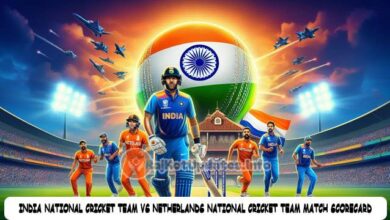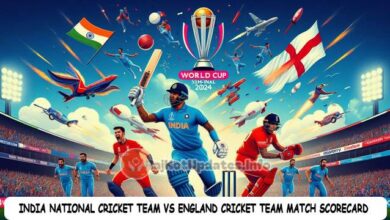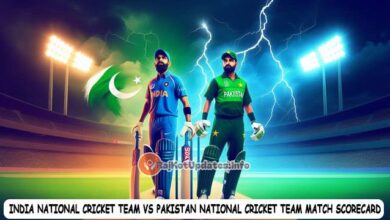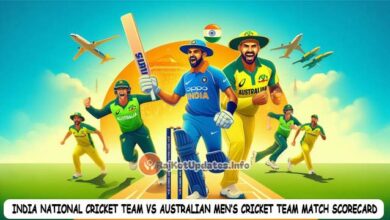India At The Olympics Medals: A Story of Struggles and Triumphs
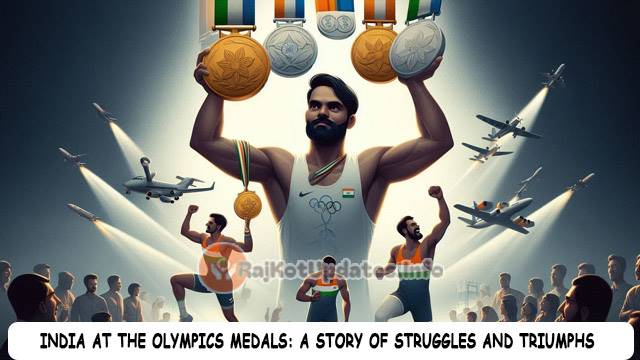
India’s journey at the Olympics has been long and arduous. But with each passing year, we have climbed higher. The India At The Olympics Medals are not just about sports. They are a reflection of a country’s strength, resolve and spirit. India’s Olympic history is a story of struggle, setbacks and finally success.
Problem: India At The Olympics Medals
India participated in the Olympics for the first time in 1900. Norman Pritchard, the lone Indian athlete, won two silver medals in athletics. Then we had to wait till 1928 to win again. The Indian hockey team won its first gold in 1928. That was a spark of hope but the road ahead was not easy.
Despite having a large population, India couldn’t win medals. From 1928 to 1980, India’s success was mostly limited to hockey. The Indian hockey team was dominant, winning eight gold medals. But the country was nowhere in other sports. The lack of infrastructure, funding and support for athletes was visible. This was a problem that plagued Indian sports for decades.
Agitation: India At The Olympics Medals
As the years went by, the frustration grew. India was a country of over a billion people and yet couldn’t win even a few medals. The country saw many athletes with potential but the lack of resources and training facilities held them back. Countries with smaller population were winning more medals and India was lagging behind.
The pressure on Indian athletes was mounting. They had to perform on the world stage with minimal support. Many athletes were training in substandard conditions. They had to balance their sporting career with other jobs to sustain themselves. This was in contrast to athletes from countries with better facilities and financial backing.
The Indian public was getting impatient. Every four years the Olympics would come and the country would put its hopes on a few athletes. But more often than not those hopes would be belied. This led to growing frustration and disappointment among the people.
Solution: India At The Olympics Medals
1996 Atlanta Olympics was a turning point for India. Leander Paes won a bronze medal in tennis, the first individual medal for India in a long time. This was a ray of hope for the nation. It showed that with proper support and training Indian athletes could compete with the best in the world.
Paes’ success inspired a new generation of athletes. The Indian government also started taking sports seriously. Funding for sports increased and new training facilities were built. The private sector also started investing in sports. This was a big change from the earlier days when sports were ignored.
2000 Sydney Olympics saw Karnam Malleswari win a bronze in weightlifting. This was the first Olympic medal for an Indian woman. Malleswari’s success was a tipping point for women’s sports in India. It showed Indian women could be world class.
2008 Beijing Olympics was another milestone for India. Abhinav Bindra won India’s first individual gold in shooting. Vijender Singh won a bronze in boxing and Sushil Kumar won a bronze in wrestling. This was India’s best ever Olympic performance till then. A new era for Indian sports had begun.
London 2012 was another good show for India. The country won 6 medals, its highest ever. Sushil Kumar won a silver in wrestling, becoming the first Indian to win two individual Olympic medals. Mary Kom won a bronze in boxing, the first Indian woman to win an Olympic medal. This was the result of years of toil, hard work and better support to athletes.
Rio 2016 was tough for India. The country won only 2 medals. PV Sindhu won a silver in badminton, and Sakshi Malik won a bronze in wrestling. Though the medal count was low, these were big achievements. Sindhu’s silver was India’s first in badminton and Malik’s bronze was the first Olympic medal for an Indian woman wrestler.
Tokyo 2020 was a historic event for India. The country won 7 medals, its highest ever. Neeraj Chopra won a gold in javelin, the first Indian to win a track and field gold. Ravi Kumar Dahiya won a silver in wrestling and Mirabai Chanu won a silver in weightlifting. PV Sindhu won a bronze in badminton, the first Indian woman to win two individual Olympic medals. India had finally arrived on the world stage.
Government and Private Sector
The Indian government has been instrumental in India’s Olympic success. Over the years the government has increased the budget for sports and provided better infrastructure for athletes. Programs like the Target Olympic Podium Scheme (TOPS) have been helping athletes. TOPS provides financial support, coaching and other support to athletes with medal winning potential.
The private sector has also played a big role. Companies like Reliance, Tata and JSW have invested in sports through initiatives like Olympic Gold Quest and Inspire Institute of Sport. These programs provide world class infrastructure, coaching and financial support to athletes. The private sector has been a game changer for Indian sports.
Women in Indian Sports
Women in Indian sports is the biggest story of recent times. Indian women have been the face of India’s Olympic success. From Karnam Malleswari to PV Sindhu, Indian women have been bringing laurels to the country.
Indian women’s success at Olympics has inspired a new breed of female athletes. More and more girls are taking up sports and aspiring to play at the highest level. Good for Indian sports and society.
Government and private sector have also realized the potential of women in sports. They have given more support and opportunities to female athletes. This has led to better performances and more medals for Indian women at Olympics.
Problems Ahead
Despite the recent success, India still has many challenges to overcome for Olympic glory. We need to improve our sports infrastructure and provide better training facilities to athletes. We need more investment in sports at grassroot level. This will help to identify and develop talent from young age.
Indian sports ecosystem also needs to be more inclusive. Athletes from marginalized communities face discrimination and lack of support. Government and private sector need to work together to create an inclusive and supportive environment for all athletes.
Pressure on Indian athletes is also a big challenge. We put too much pressure on our athletes which can lead to stress and burnout. We need better mental health support for athletes to handle the pressure.
The Way Forward
India’s Olympic journey has been a wild ride. We have faced many ups and downs but we have also made great progress. The recent success is a testimony to the hard work and toil of our athletes, coaches and support staff.
Going forward India can become a sporting superpower. We need to build on this success and invest more in sports. Government and private sector need to work together to create a more robust sports ecosystem. That will help us do even better at the Olympics in the future.
The rise of women in Indian sports is also a good sign. With the right support and opportunities Indian women can go on to do even better at the highest level. PV Sindhu and Mirabai Chanu are proof that Indian women can compete with the best in the world.
India’s Olympic journey is far from over. We have come a long way but there is still a lot to be done. With the right support and investment we can go on to do even better on the global stage and at the Olympics.
FAQs: India At The Olympics Medals
What was India’s first Olympic medal?
India’s first Olympic medals were won by Norman Pritchard in 1900. He won two silver medals in athletics.
How many medals did India win at the Tokyo 2020 Olympics?
India won 7 medals at the Tokyo 2020 Olympics, the most ever.
Who is the first Indian to win a gold in track and field?
Neeraj Chopra is the first Indian to win a gold in track and field. He won the gold in javelin at the Tokyo 2020 Olympics.

